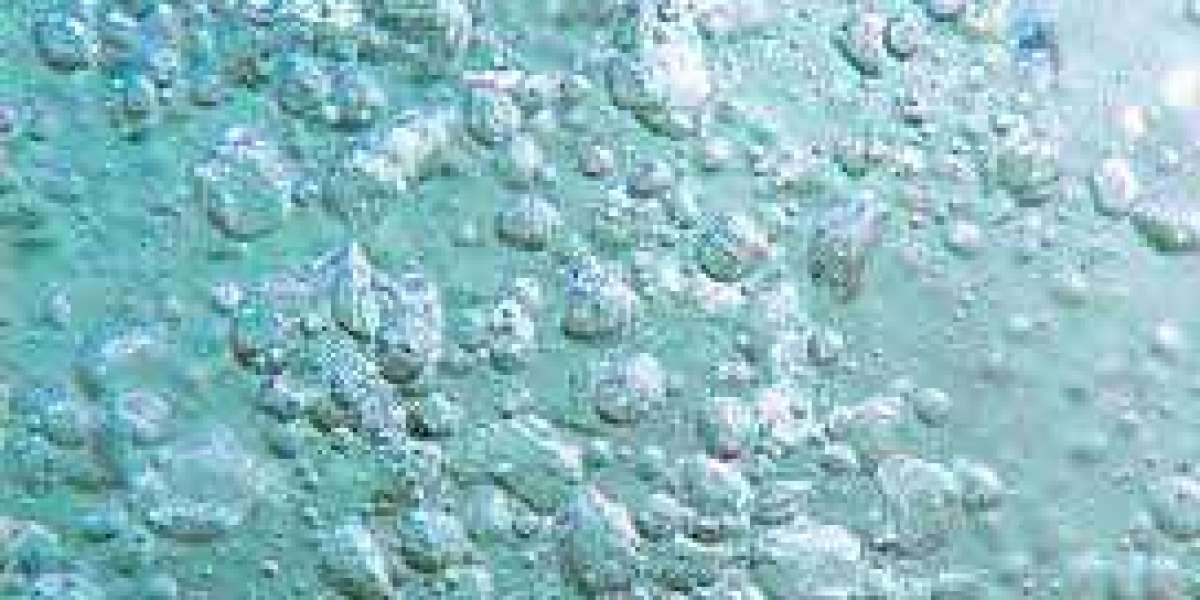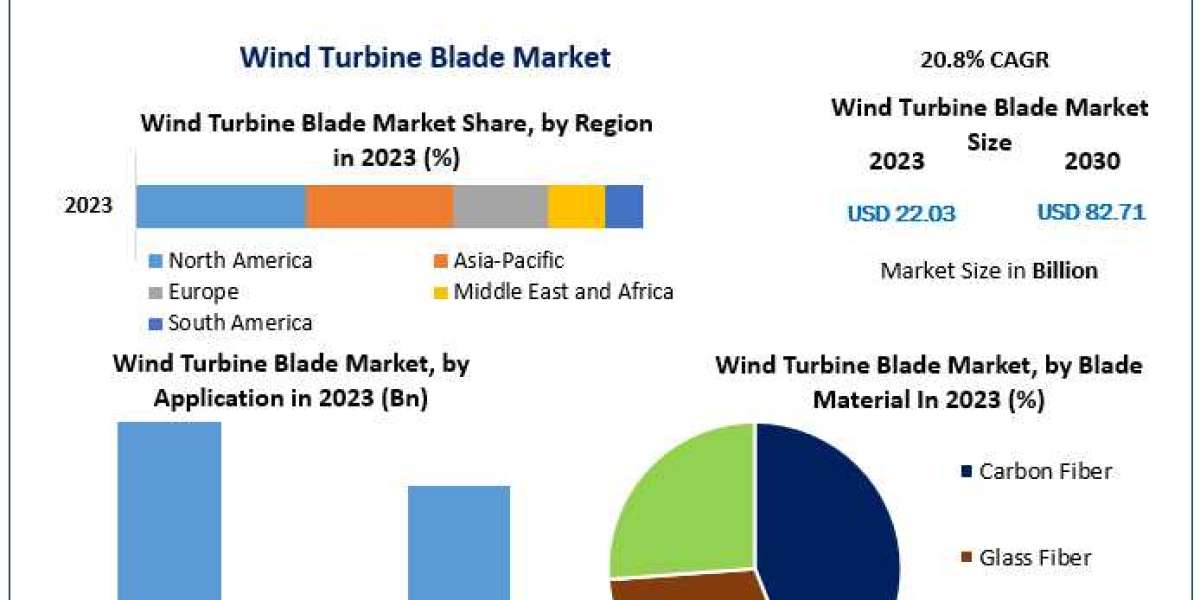Carbon dioxide (CO2) is an essential component of Earth's atmosphere and plays a crucial role in various natural and industrial processes. Understanding how carbon dioxide interacts with water and dissolves into it is vital for comprehending its impact on climate change, ocean acidification, and other environmental phenomena. This article delves into the mechanisms through which carbon dioxide gets into water.
Solubility and Henry's Law: The solubility of a gas in a liquid, such as carbon dioxide in water is determined by various factors, including temperature, pressure, and the nature of the gas and solvent. Henry's Law, a principle in physical chemistry, describes the relationship between the concentration of a gas dissolved in a liquid and the partial pressure of the gas above the liquid. According to Henry's Law, at a constant temperature, the solubility of a gas in a liquid is directly proportional to its partial pressure. In the case of carbon dioxide, an increase in its partial pressure leads to a higher concentration of dissolved CO2 in water.
Gas Exchange at the Air-Water Interface: Carbon dioxide readily exchanges between the atmosphere and water at the air-water interface. When the concentration of carbon dioxide in the air is higher than in the water, the gas molecules diffuse from the air into the water until equilibrium is reached. This process is influenced by the difference in partial pressures and the solubility of CO2 in water. Factors such as wind, temperature, and turbulence affect the efficiency of gas exchange by altering the thickness of the boundary layer and increasing the surface area available for diffusion.
Carbonic Acid Formation: Upon dissolution in water, carbon dioxide undergoes a series of chemical reactions that result in the formation of carbonic acid (H2CO3). Carbonic acid is a weak acid that can dissociate into bicarbonate ions (HCO3-) and hydrogen ions (H+). This reaction is reversible, meaning that carbonic acid can also release carbon dioxide when conditions favor its formation. The presence of carbonic acid in water affects its pH and plays a crucial role in ocean acidification, which can have detrimental effects on marine ecosystems.
Biological Processes: In addition to physical and chemical mechanisms, biological processes also contribute to carbon dioxide dissolution in water. Photosynthetic organisms, such as marine plants and algae, absorb carbon dioxide during photosynthesis. Through this biological process, carbon dioxide is removed from the water, reducing its concentration. Conversely, during respiration, organisms release carbon dioxide back into the water, increasing its concentration. Biological activities, both on land and in aquatic environments, have a significant impact on the carbon dioxide levels in water.
Carbon Dioxide in Deep Ocean: Carbon dioxide can also dissolve in the deep ocean, where it can remain sequestered for long periods. Deep-sea waters often have lower temperatures and higher pressures, which enhance the solubility of carbon dioxide. Over time, some of the dissolved carbon dioxide may react with water to form carbonic acid, contributing to ocean acidification in deeper regions as well.
Conclusion:
The dissolution of carbon dioxide in water is a complex process influenced by various physical, chemical, and biological factors. Understanding these mechanisms is crucial for comprehending the role of carbon dioxide in climate change, ocean acidification, and the overall carbon cycle. The solubility of carbon dioxide in water, its reactions to form carbonic acid, and gas exchange at the air-water interface all contribute to the distribution and concentration of CO2 in water. Further research and monitoring are necessary to fully understand the impact of increasing carbon dioxide levels on aquatic ecosystems and global environmental processes.


